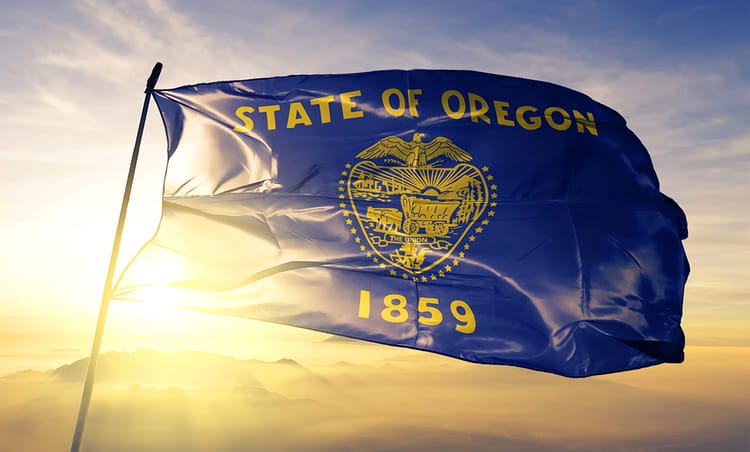State Economists Suggest "Stunning" Economic & Revenue Growth from Pandemic's Easing

Oregon lawmakers received welcomed news this week as the state economists revised their revenue forecast upward—significantly upward. In a dramatic rally from only a year ago, the economists informed a joint meeting of the House and Senate revenue committees that tax collections should exceed their pre-pandemic levels by more than $2 billion and continue to increase in the years ahead.
The economists attributed the strong revenue outlook to federal financial support for individuals and businesses as well as pent-up demand for pandemic-restricted activities, such as dining, travel, and entertainment. Together, the federal aid and pent-up demand increased personal incomes in Oregon by 20 percent since before the pandemic, setting the stage for an expected surge in economic growth as the pandemic wanes.
The forecast paints a countervailing narrative of the future of the state’s economy. Only a year ago, the economists told the legislature they expected the economic recovery to run slow and state revenues to take years to return to their pre-recession levels. Now, however, the forecast calls for a quick economic rebound and robust short- and long-term growth in state revenues in the years ahead.
The strong outlook means the legislature will have more resources at its disposal than at any other point in history, triggering a personal income tax kicker refund of $1.4 billion. The economists told lawmakers to expect $2.3 billion more in resources for the current two-year budget cycle, which is $1 billion more than the forecast only three months ago, and $2.2 billion more in funds for the upcoming biennium, beginning on July 1. Additionally, Oregon is expecting upwards of $6 billion for cities, counties, school districts, universities, and state agencies from the federal government as part of the American Rescue Plan Act. Combined, these resources amount to a significant increase in the deployable funds the legislature’s budget writers expected only a week ago, easing the way for the state to balance its budget while leaving a solid fiscal cushion.
Although controversial tax proposals frequently take a front and center role toward the end of the legislative session, the revenue forecast suggests that new or increased taxes may no longer be necessary to balance the state’s general spending needs. It is unlikely the legislature will abandon tax proposals in their entirety, but the strong forecast depletes some of the pressures we usually see in the final days of a session. Instead, the attention may focus primarily on the hundreds of agency budgets and policy measures awaiting appropriation from the Ways & Means Committee. Over the remaining five weeks of the session, the budget writers will evaluate those proposals and set the spending priorities for the next budget.
The strong revenue forecast and easing fiscal pressures on the state begs the question, could the legislature adjourn early this year? It is perhaps not out of the realm of possibility.





